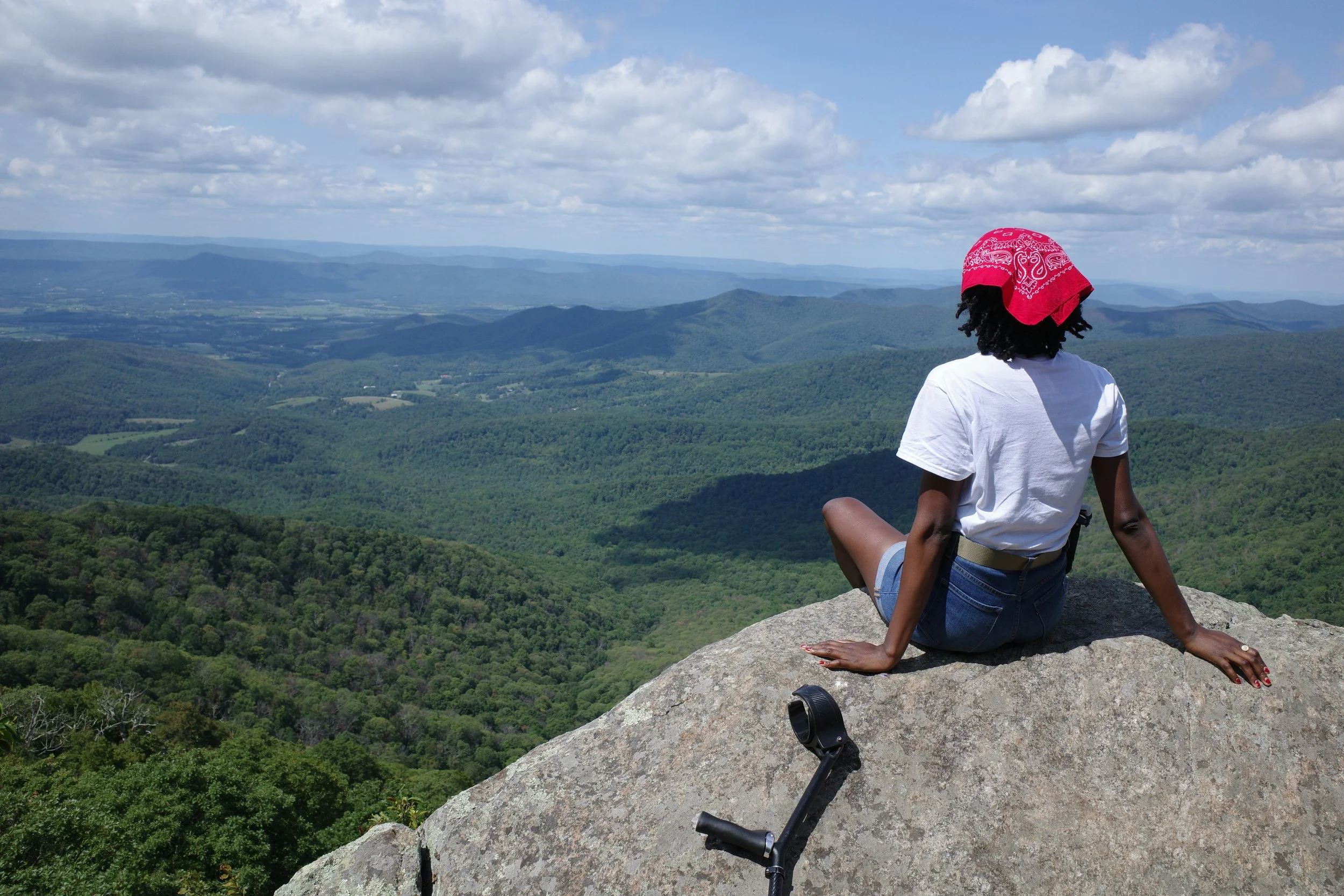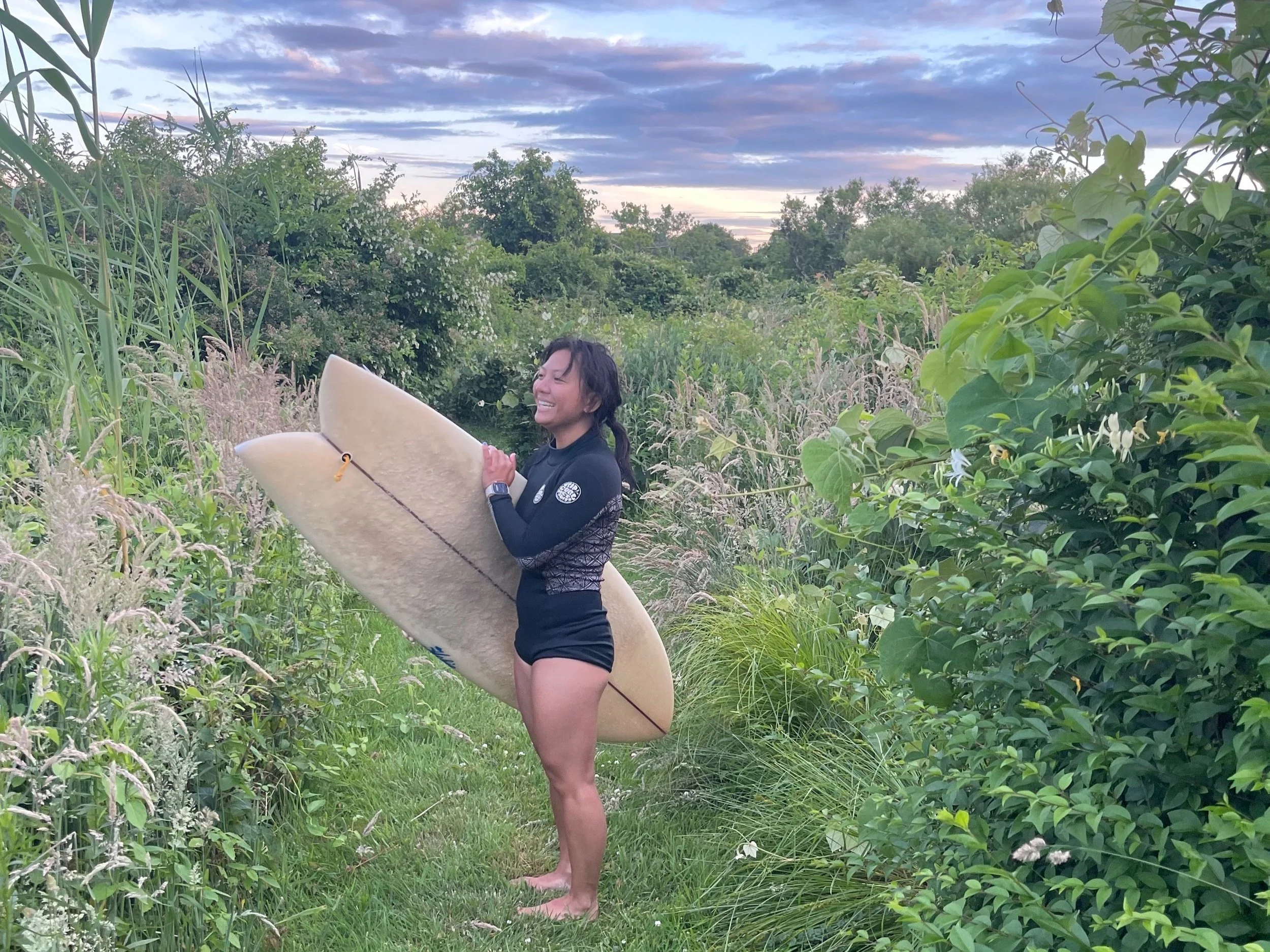Here’s How Transit to Trails Could Benefit Low-Income BIPOC Communities
Source: Flickr.
Can you safely travel around your community without a car? What about to parks, waterways, trails and green belts outside of your immediate area?
If you don’t own a vehicle, you may find yourself stuck in your neighborhood—especially in areas that lack adequate public transportation. Underfunded mass transit prevents low-income families of color from enjoying the outdoors.
Green spaces that should be public-use start to feel more like the private domain of the privileged families who live nearby. While local parks are a valuable resource, a significant number of Americans live farther than a 10-min walk from one. And many neighborhoods don’t have sidewalks or protected bike lanes!
Public transportation often fails to bridge the gap between cities and public lands. That is by design. The current system is leaving too many people behind.
The Transit to Trails Act (H.R. 3092 and S. 1440) would fill the gap by connecting underserved communities with nearby green spaces. That could mean adding direct bus routes, seasonal shuttles, or additional stops to improve access. If people could take the bus or train to their local park or trailhead, they would have a much easier time feeling more solidly connected to nature. They would not have to feel like a stranger in the outdoors.
According to the Sierra Club, the legislation aims to improve access to the outdoors for underserved communities.
If passed, it would establish a grant program to address transportation barriers that keep disadvantaged urban and rural communities disconnected from the outdoors. Meanwhile, activists are working to show that Transit to Trails is not only a dream but can also be a reality.
“Transit, in my mind, is mostly access to communal and or public transit.”
Born in India but living in Washington State, Ananth Maniam is a backpacker, climber, and passionate advocate for car-free travel. He recently completed over 400 summits in Washington, relying on public transportation and carpooling.
"I moved to the U.S. and Seattle in September 2016, after living in other parts of the world where public transit was the norm..." said Ananth. His global perspective, gained from living in countries with affordable bus and railway travel, shaped his curiosity about car-free transportation in Seattle. After participating in and leading trips with "Transit Hikers," he turned to "communal transit" or ride-sharing.
In 2020, Ananth began sharing his story about the good, bad, and ugly of car-free travel with The Mountaineers blog, an outdoor recreation nonprofit with 15,000 members in the Pacific Northwest. As a guide, he has been able to directly impact those looking to get outdoors by connecting them with the necessary resources. Through his outreach, he found that many people were simply unaware of the transit-to-trails programs in Seattle. Ananth notes that this is especially true for families without cars or with one car and a working parent.
"Over the years, I learned about my personal restrictions of not having a car and the societal restrictions of a broken transit system," said Ananth. "I've learned to ask for help whenever I can. I've learned to lean on my community to build an equitable society."
According to Ananth, a few Transit to Trails programs exist in Seattle. The Trailhead Direct Program runs in season from late May to mid September; offering routes from light rail stations in downtown Seattle to trailheads at Mount Si and Little Si–nearly 90 mins away. It seeks to ease vehicle congestion, reduce safety hazards, and expand access to hiking destinations in the Seattle area. This program is more regular and direct, which Ananth notes works for most people. There are also county buses, Amtrak, and Reservation buses, which help fill connectivity gaps.
Ananth attended and provided input on public hearings for the program when it was first conceptualized in 2017. "I would go on community walks in North Bend and give talks at local restaurants and city meetings to provide my experiences on challenges posed by the lack of public transit," said Ananth. "Not a single soul in Washington state should be left out, without access to nature because they don't own a car."
To this day, Ananth continues to provide this outreach because he believes that everyone has the knowledge and resources to connect their communities to the outdoors. He added that "One small step on a trail is one giant leap into nature.” It only takes one trip to fall in love with the outdoors.
While the programs that Ananth participates in and advocates for are a step in the right direction, nationwide integration of Transit to Trails programs would require us to reimagine what mobility looks like in this country. Once U.S. public transit is funded, accessible and even a preferred form of travel, real change can take hold.
Trails and green space are important community amenities that help to spur economic development. Improving public transit not only increases access to nature, it would enhance the “sidewalk ballet” of our cities and towns. Instead of interacting with massive parking lots, imagine grabbing a pan dulce from the panaderia, browsing at the local bookstore while you wait for your bus, or waving hello to the consignment shop lady as she opens up in the morning. All this before your morning hike.
Instead of driving from your home to the trailhead, you are waiting for your transit-to-trails bus to take you from downtown to a state park an hour away. And because your city has invested in public transportation, your bus stop has a shelter, a bench, and a schedule posted. When people can move more freely without a personal vehicle, they can interact with more small, local businesses. These interactions keep dollars circulating in communities, benefiting the people who live there. Developing and supporting transit and parks, including trails, are two of the best investments governments can make, pumping more than five dollars into the economy for every dollar the government spends.
The Transit to Trails Act would serve as a powerful economic engine to revitalize disenfranchised communities via a planning tool called Transit Oriented Development. Transit-Oriented Development seeks to combine the active transportation benefits of a trail with the revitalization potential associated with well-designed and well-managed urban parks to help create more livable communities.
Transit to Trails promises to build centralized places where people can live, shop, and travel. This comprehensive network of businesses and housing choices can keep money in communities, fostering economic growth. The direct reinvestment of these funds can create more jobs and ensure housing stability, painting a picture of a thriving community.
Conclusion
People cannot get around many parts of the United States without cars. When combined with income inequality and the park equity gap, this means many communities of color have limited access to parks, hiking trails, greenbelts, lakes and rivers. They also have less access to state and national parks. If you’ve spent any time in Nature, you know there are physical, mental, and environmental benefits of getting outside.
As communities of color are among the most marginalized by America’s car dependency, it makes sense to center them on any solution. That means addressing the inequities caused by a history of racist infrastructure policies and working towards a more equitable transportation system that prioritizes all users, not just those with vehicles.
Solving the problems set in motion by past mistakes is not a small feat, but change begins with a single step. With the Transit to Trails Act, we could reimagine what it means to get outside.





















I also know that hunger disproportionately impacts Black Americans who make up nearly 30% of SNAP recipients. So why would I celebrate cuts to a program that is a lifeline for so many people?